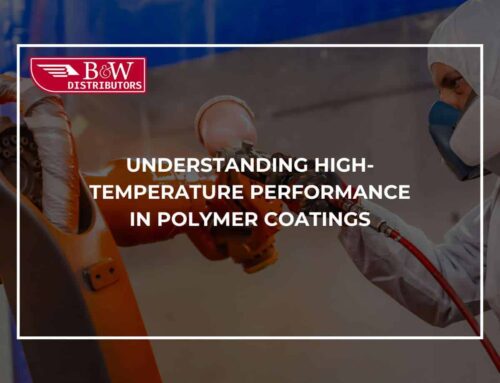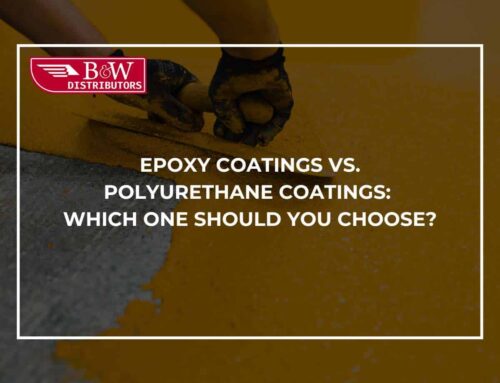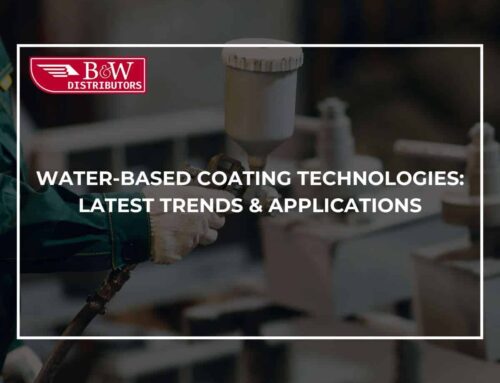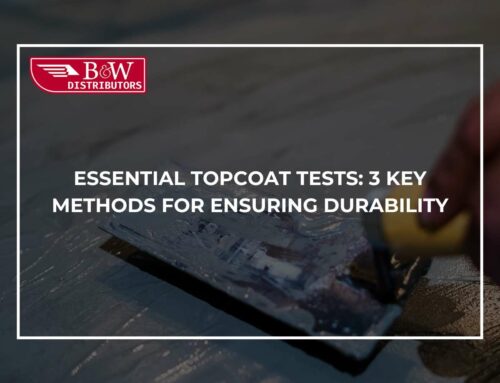What Are The Best Pipeline Rehabilitation Products For Corrosion Prevention?
Discover The Top Pipeline Rehabilitation Solutions For Ultimate Corrosion Protection!
Pipelines are the lifelines that ensure the smooth flow of many substances crucial for our daily lives. However, over time, these pipelines face the inevitable threat of corrosion, which can compromise their integrity and efficiency. So, what can be done to safeguard them?
In this blog post, we’ll delve into the world of pipeline rehabilitation products, exploring the top contenders for corrosion prevention. Whether you’re a seasoned industry professional or just diving into the world of pipeline maintenance, this guide will help you navigate the maze of options and make informed decisions with the help of a trusted industrial epoxy distributor.
So, let’s dive in and discover the key players in the quest for pipeline preservation.
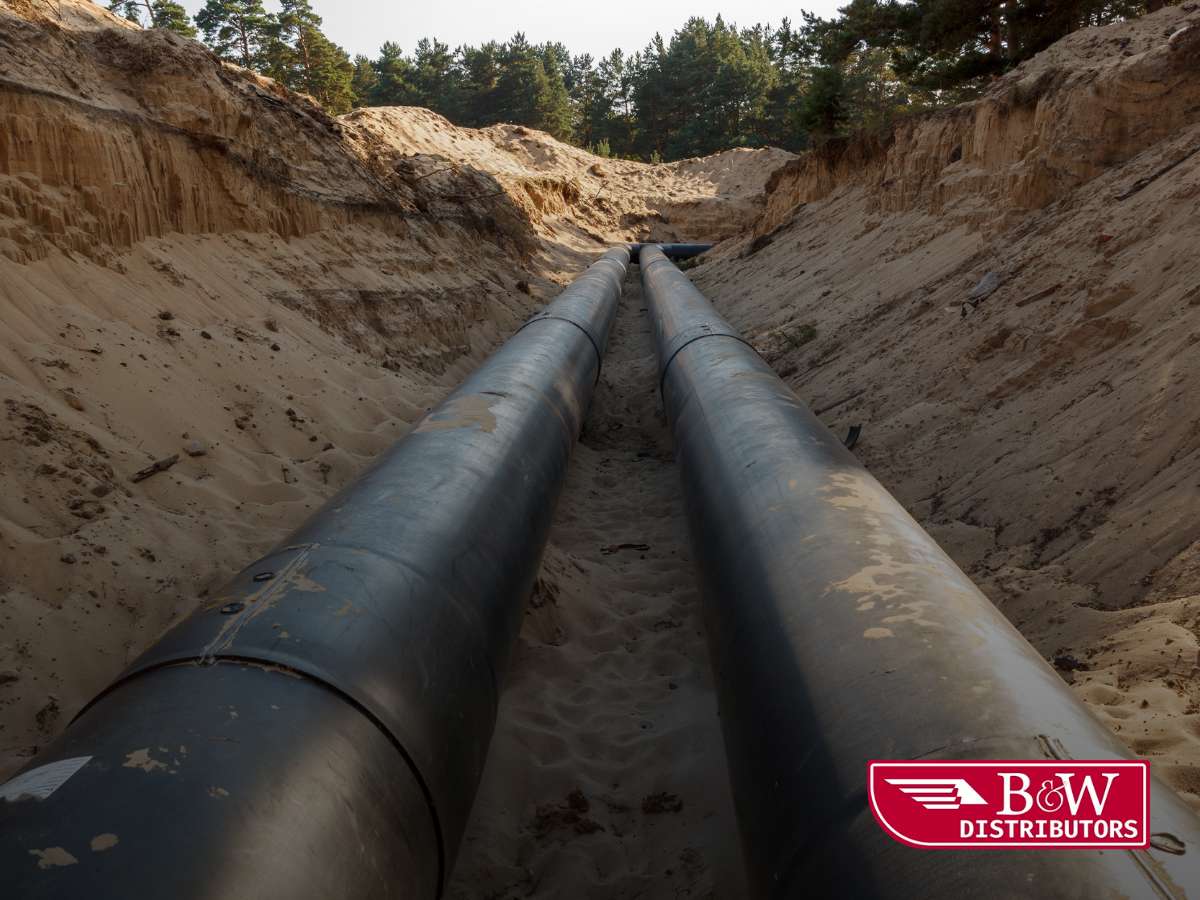
The Critical Impact Of Corrosion On Pipeline Integrity: What You Need To Know
Pipeline corrosion is a natural process that occurs when water, acting as a corrosive electrolyte, interacts with metal surfaces within the pipeline system, mostly where oxygen is present. This interaction starts an electrochemical reaction, establishing an electrical connection between different metal surface areas.
Four elements are necessary for this process: an anode, a cathode, a metallic path, and an electrolyte.
During this electrochemical process, the metal surface more susceptible to corrosion, known as the anode, releases electrons, leading to oxidation and the formation of rust, typically seen as red iron oxide.
On the other hand, the metal surface more resistant to corrosion, termed the cathode, gains electrons, which helps slow down the corrosion process.
Several factors can exacerbate pipeline corrosion, including higher temperatures, the presence of salts, and acidic environments.
These elements accelerate the electrochemical reaction, hastening the deterioration of the pipeline material.
Pipeline corrosion poses significant challenges as it can compromise the reliability and longevity of pipelines that transport substances such as natural gas, liquid petroleum, biofuels, water, and sewage. Hence the importance of getting the right pipeline material with an industrial epoxy distributor whenever necessary.
The financial implications of corrosion are substantial, with an estimated annual cost of $7 billion attributed to monitoring, replacing, and maintaining gas and liquid transmission pipelines—notably, operation and maintenance account for a significant portion, approximately 80%, of these costs.
Exploring The Various Faces Of Pipeline Corrosion: Types & Preventive Strategies
Pipeline corrosion can arise from various factors, resulting in different types of corrosion. Each of these demands specific protective measures to maintain the pipeline’s integrity:
- Uniform Pipe Corrosion: This type causes consistent material loss across the pipe’s surface, leading to gradual thinning of the structure.
- Selective Leaching (Graphitic Corrosion): This occurs when a noble metal and a more reactive element form an alloy, causing the loss of the reactive component from the pipe’s surface. Adding tin or aluminum can mitigate this type of corrosion.
- Galvanic Corrosion: This occurs when dissimilar metals with different corrosion resistances come into contact, causing the less resistant metal to deteriorate.
- Pitting Corrosion: This leads to severe localized deterioration on the pipe’s surface, resulting in pits and punctures.
- Crevice Corrosion: Oxygen-starved surfaces in pipe joints or crevices become the anode, initiating corrosion. Replacing riveted joints with welded ones and addressing areas of reduced wall thickness are preventive measures.
- Stray Current Corrosion: Stray currents from various sources can cause localized pitting and pinholes on metal surfaces. Controlling electricity leakages and bypassing stray currents can mitigate this type of corrosion.
- Intergranular Deterioration: Corrosion occurs along grain boundaries due to impurities precipitating on these boundaries. Using extra-low carbon stainless steel materials can help prevent this.
- Cavitation & Erosion Corrosion: This occurs when fluid pressure drops below the vapor pressure, leading to the formation of vapor pockets and bubbles, resulting in erosion-corrosion. Areas prone to this include discharge pipes, pump suctions, elbows, tees, and valve seats.
- Stress Corrosion Cracking: Pre-existing cracks grow under tensile stress, leading to pipe failure, especially at higher temperatures.
Choosing The Right Pipeline Rehabilitation Products: Coatings, Linings & Wraps Explained
Let’s delve into three key types of pipeline rehabilitation products that can make the pipeline more resistant to corrosion:
Coatings
Coatings act as a protective barrier between the pipeline’s surface and the corrosive elements present in its environment. These coatings are typically applied as liquids and then cured to form a durable layer over the pipe’s surface. They come in various formulations, including epoxy, polyurethane, and fusion-bonded epoxy (FBE).
Epoxy coatings, for example, are known for their excellent adhesion and resistance to chemicals, making them ideal for harsh environments. Polyurethane coatings offer superior flexibility and abrasion resistance, and fusion-bonded epoxy coatings are often used in underground pipelines and offshore applications.
Linings
Linings are applied to the interior surface of pipelines to create a barrier between the transported fluid and the pipe material. These linings are typically made from cementitious compounds, polymers, or thermoplastics, depending on the application’s requirements.
Cementitious linings are commonly used for water and sewage pipelines due to their affordability and ease of application, while polymer linings are better for pipelines carrying corrosive fluids such as acids or solvents.
Thermoplastic linings, such as polyethylene or polypropylene, provide excellent resistance to abrasion and impact, making them ideal for abrasive slurries or wastewater.
Wraps & Tapes
Wraps and tapes are flexible materials designed to be wrapped around the exterior of pipelines to provide additional protection against corrosion. These products are commonly used for pipeline repairs, rehabilitation, or as supplemental corrosion protection measures.
Corrosion-resistant wraps, such as polyethylene or polypropylene tapes, are applied in multiple layers to create a robust barrier against moisture and chemical ingress.
These wraps are particularly effective for protecting pipeline joints, bends, or areas prone to mechanical damage. Additionally, adhesive-backed tapes can be used for quick and temporary repairs to mitigate corrosion until a more permanent solution can be implemented.
The Role Of Industrial Epoxy Distributors In Preventing Pipeline Corrosion
As we conclude our exploration of pipeline rehabilitation products, it’s crucial to underscore the significance of partnering with an industrial epoxy distributor.
These distributors play an essential role in ensuring access to high-quality epoxy coatings, essential for protecting pipelines against corrosion and extending their lifespan.
As a leading epoxy distributor, B&W Distributors, Inc. offers a comprehensive selection of high-performance epoxy coatings designed to meet the most demanding corrosion protection needs. Additionally, we offer other industry solutions to make our customers happy. Contact us today for more information about our services!

B&W DISTRIBUTORS INC.
Tel: (480) 924-8883
Email: info@bwdist.com
Web: https://www.bwdist.com/
ARIZONA
2702 N Ogden #107
Mesa, AZ 85215


